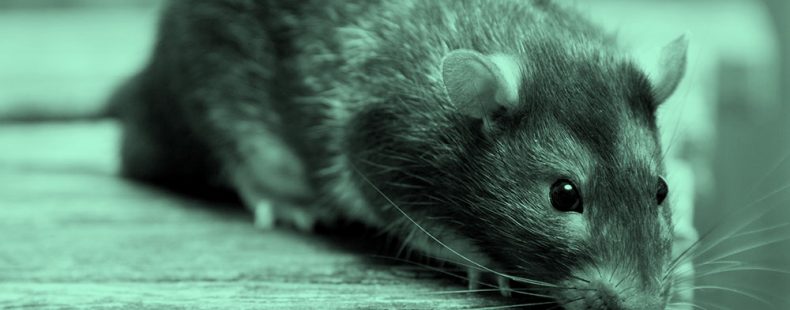⚡ Quick summary
Mice and rats are both rodents. While they have many similarities, they are different species. Rats are typically larger than mice and have hairless tails.
Mice and rats have a lot in common beyond their shared insistence on coming uninvited into our homes. However, there are some key differences that set these two animals apart from each other.
In this article, we will explain the main differences between mice and rats and how they are related to similar animals.
What is the difference between a rat and a mouse?
Mice and rats are both rodents, meaning they both belong to the order Rodentia, which includes other gnawing mammals such as squirrels, beavers, and capybara. Even within that group, mice and rats share many similarities to each other. Both mice and rats are often considered unwanted pests, but both are also kept as beloved pets.
In biological classification, mice and rats are from different genera (the categorization between family and species), however. There are several ways to tell them apart—without getting too close, of course. Let’s scurry on to some of the easiest ways to differentiate between mice and rats.
Size
Of the two, mice are the notably smaller animals.
Beginning with length, the average house mouse is 2.5 inches (65 mm) to 3.7 inches (95 mm) long, not including their tail. Field mice can reach twice this length. Even the smallest rats are over 5 inches (127 mm) long, and the average adult rat is typically between 6 and 8 inches long (152 and 203 mm)—not including the tail.
Mice are also significantly smaller in weight. An average mouse weighs between 20 and 35 grams (0.7 to 1.2 ounces), while the average adult rat can weigh up to 10 times this number.
Because of this size difference and a tendency to compete for the same territory, rats will even eat mice if they need to.
Tail
Besides the size difference, tails are also a quick clue you can use to tell a mouse from a rat. Mice have long, thin tails that are completely covered in fur. Rats, on the other hand, have comparatively shorter and thicker tails that are hairless and scaly.
Other Differences
Mice and rates are different in other ways as well. Some differences include:
- A mouse’s ears will seem large compared to its body size, while a rat’s ears will seem balanced with its body size.
- While they will eat almost anything, rats prefer protein-rich foods like meats and cheese to support their large bodies. Mice are more likely to have a diet that includes vegetables, fruits, and nuts.
- Both mice and rats are proficient breeders, but rats produce more offspring on average. A mouse can produce several hundred offspring in a year, while a rat can potentially have more than 1,000.
- In general, rats tend not to mind being in the same territory with other rats. Mice, however, tend to be more territorial and often react aggressively to other mice.
Other types of rodents
The many species of mice and rats are members of the Muridae family of rodents, which makes them all murid rodents. Some other members of this family that are close cousins to mice and rats include hamsters, gerbils, voles, muskrats, and harvest mice.









